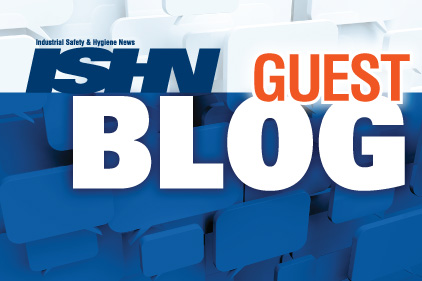Personal risk tolerance – Confidence in technology

Originally posted on Caterpillar Safety Service’s Safety Culture WORLD blog http://safetycultureworld.blogspot.com/ and reposted here with Caterpillar’s permission.
In recent years, there have been significant advances in technology that have helped reduce injury risk. A few examples include:
- Bucket trucks which give better, more stable access at heights
- Automatic Braking Systems (ABS) that help vehicles stop more quickly
- Ground Fault Interrupting (GFI) electronics which reduce electrocution risk
These are just a few advances, and technology continues to improve and reduce injury risks in activities both on and off the job. As technology reduces risk, it is common for individuals to increase their personal risk tolerance. This phenomenon is known as risk homeostasis. Examples of risk homeostasis include:
- An increase in aggressive driving as a result of more confidence in an ABS being able to stop the vehicle
- Little or no change in parachute sport fatalities even though the equipment failures have been reduced dramatically (now, the predominate cause of fatality has shifted from no chute deployment (equipment failure) to delayed chute deployment (personal decision to delay chute deployment due to confidence in the equipment working).
Think about the technology improvements specific to your industry. What areas are at risk for overconfidence and increased personal risk tolerance?
I am sure we can each make a list of areas. I would suggest you do this exercise, and then evaluate how these advances have impacted your industry and your organization.
What is the solution to increased personal risk tolerance due to over confidence in the equipment?
One of the more effective ways to prevent increased personal risk tolerance is the stop and think card.
Before each job, stop, think and discuss: What could go wrong? How serious could it be? Am I physically and mentally prepared? How can I reduce the personal risks to myself and others?
By applying this principle, your actions, and not technology, are responsible for your personal safety.
The Doc

